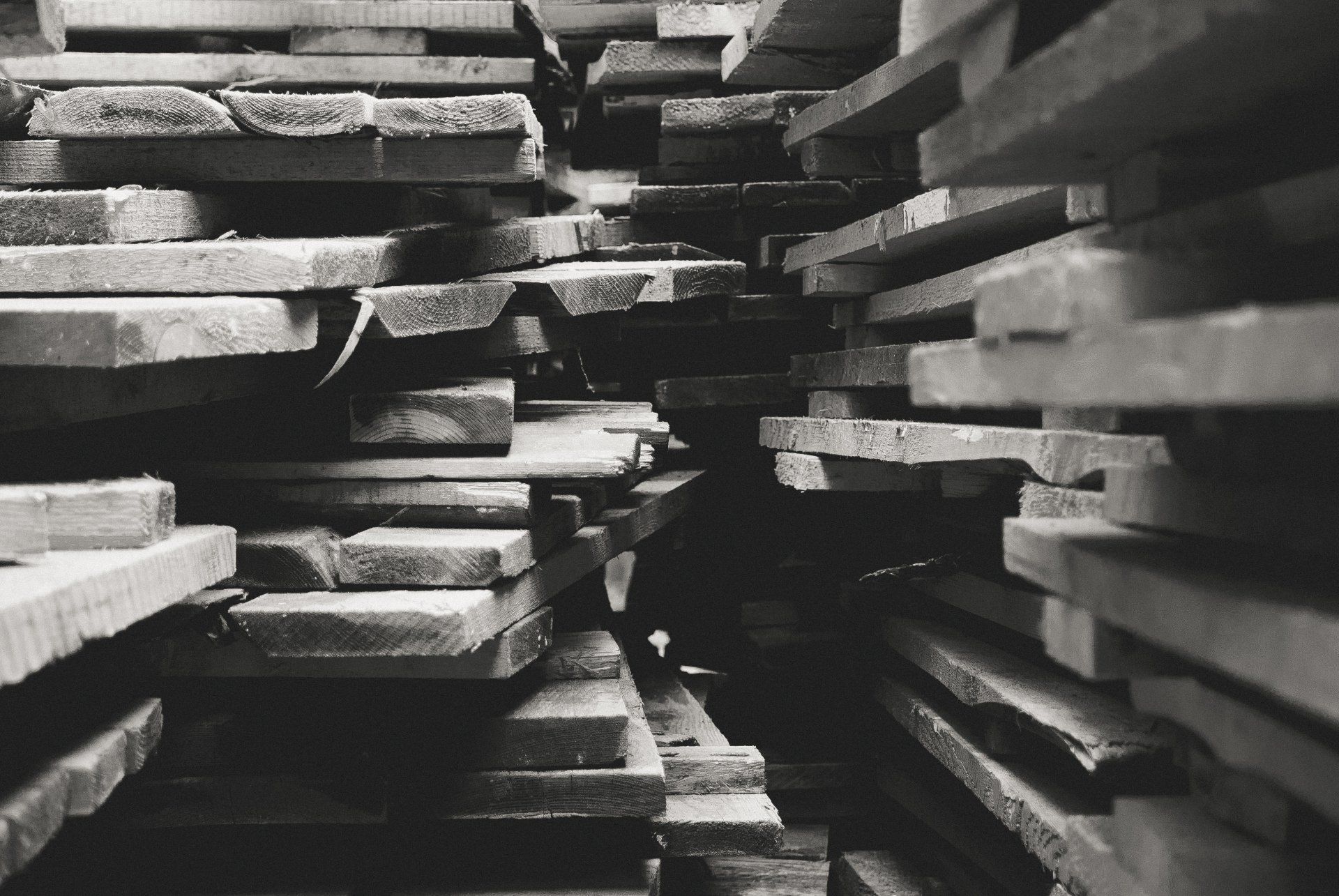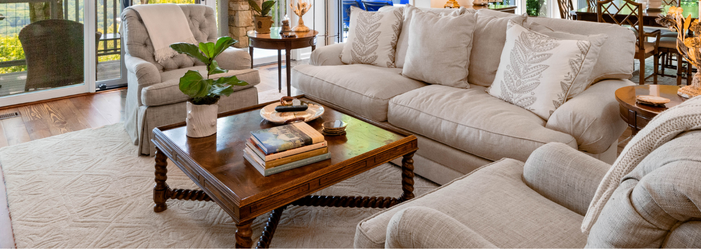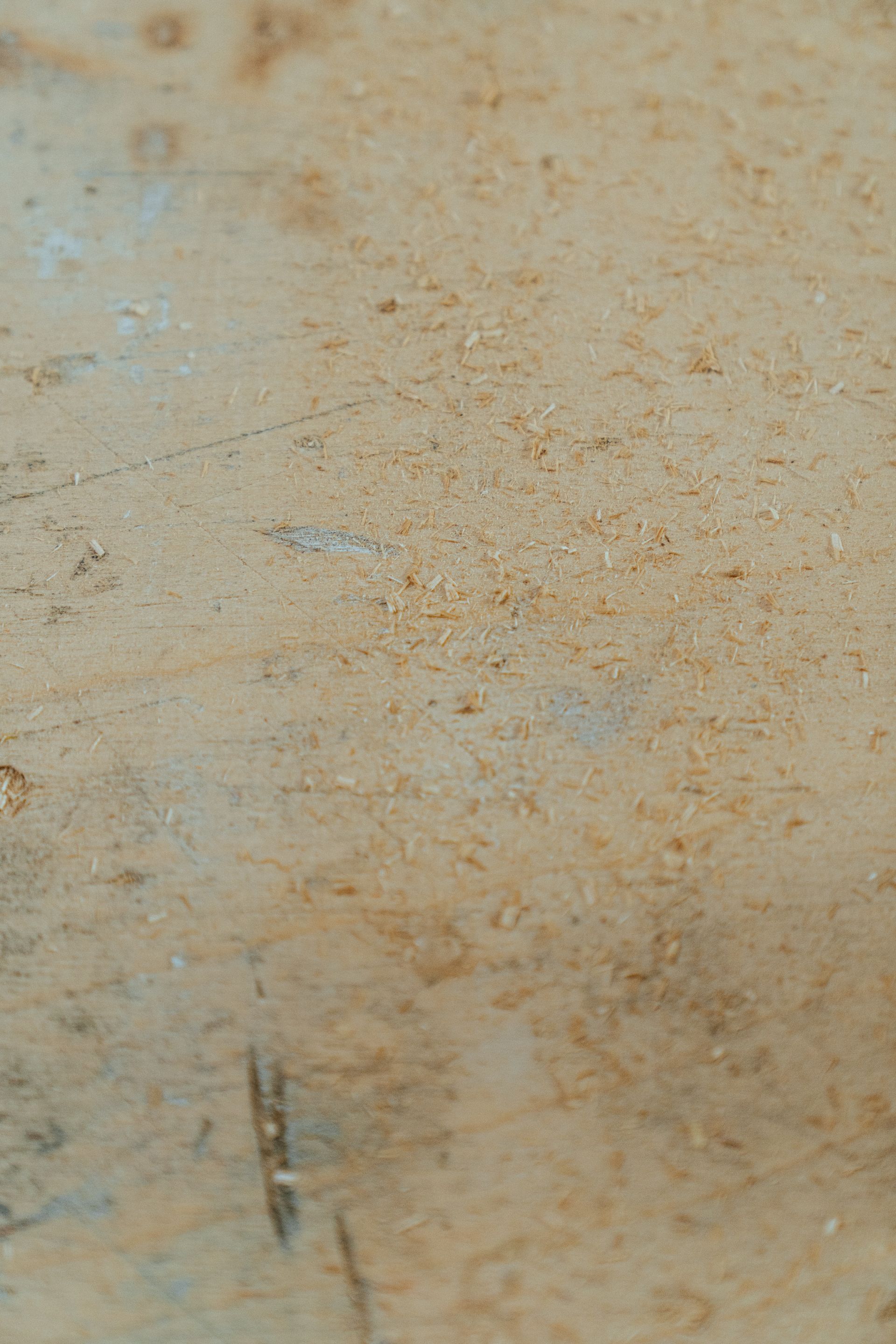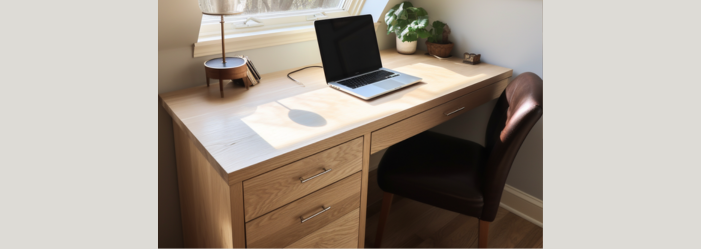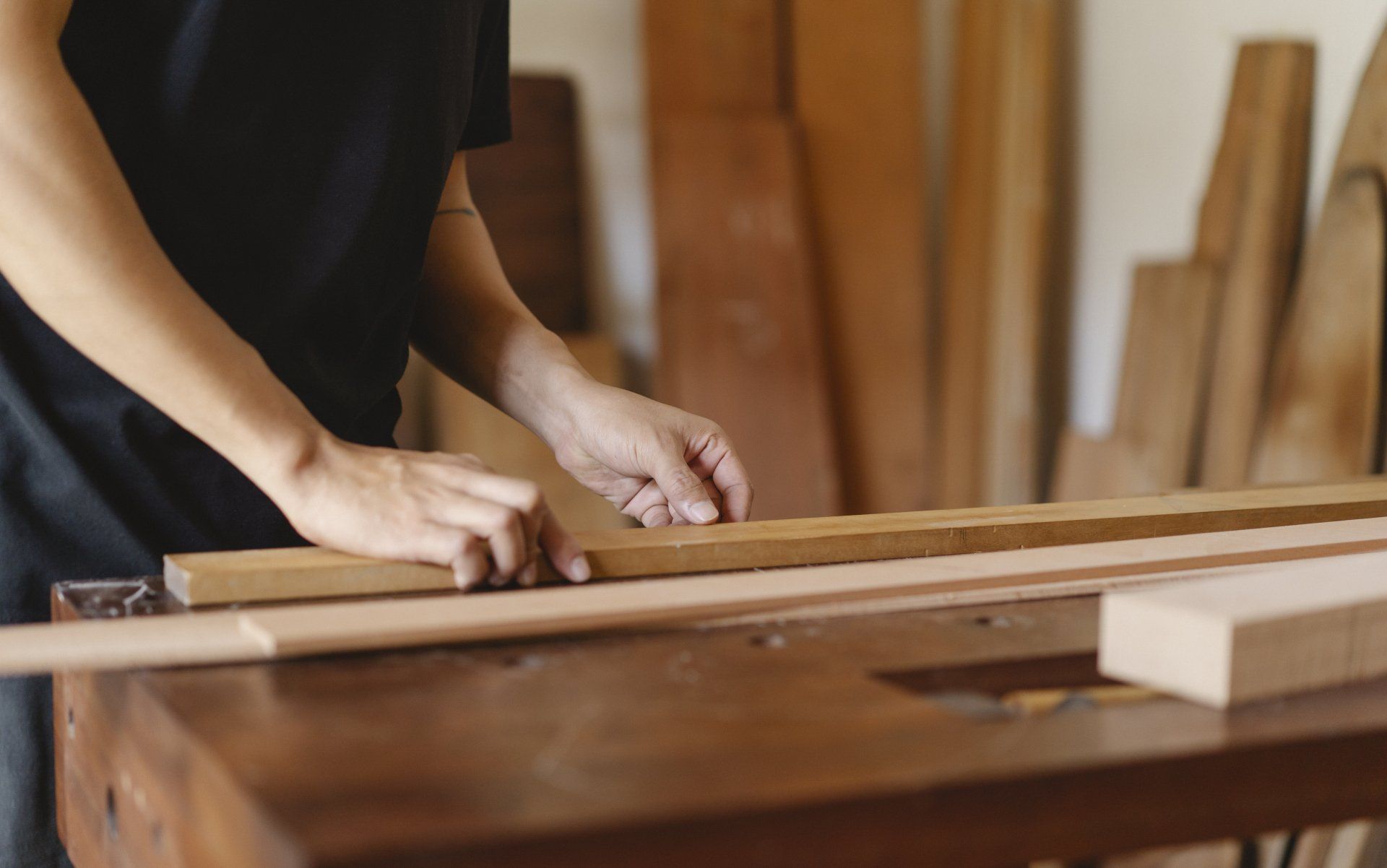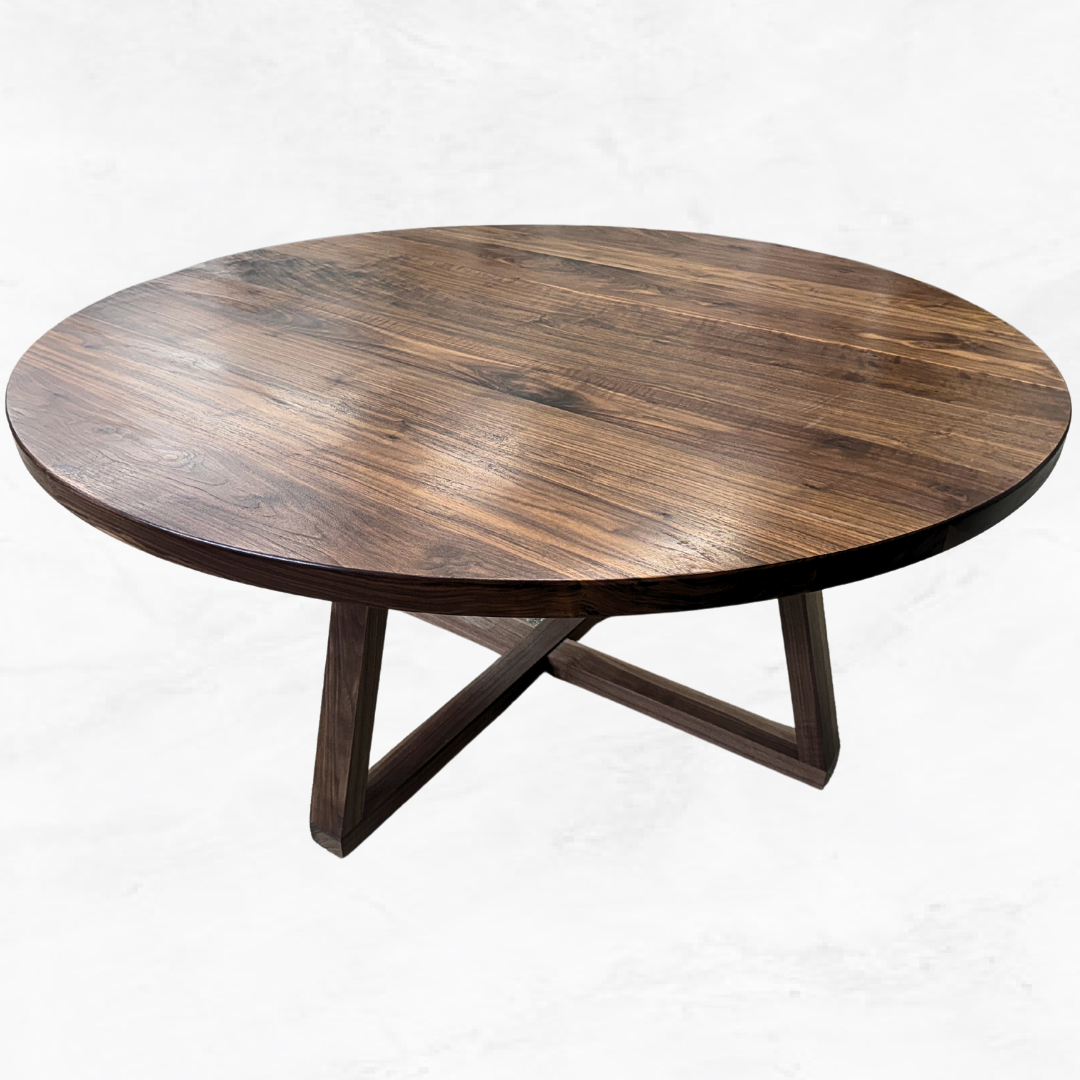Choosing the Right Wood for Your Custom Table
A Guide to Selecting the Perfect Hardwood for Your Bespoke Furniture
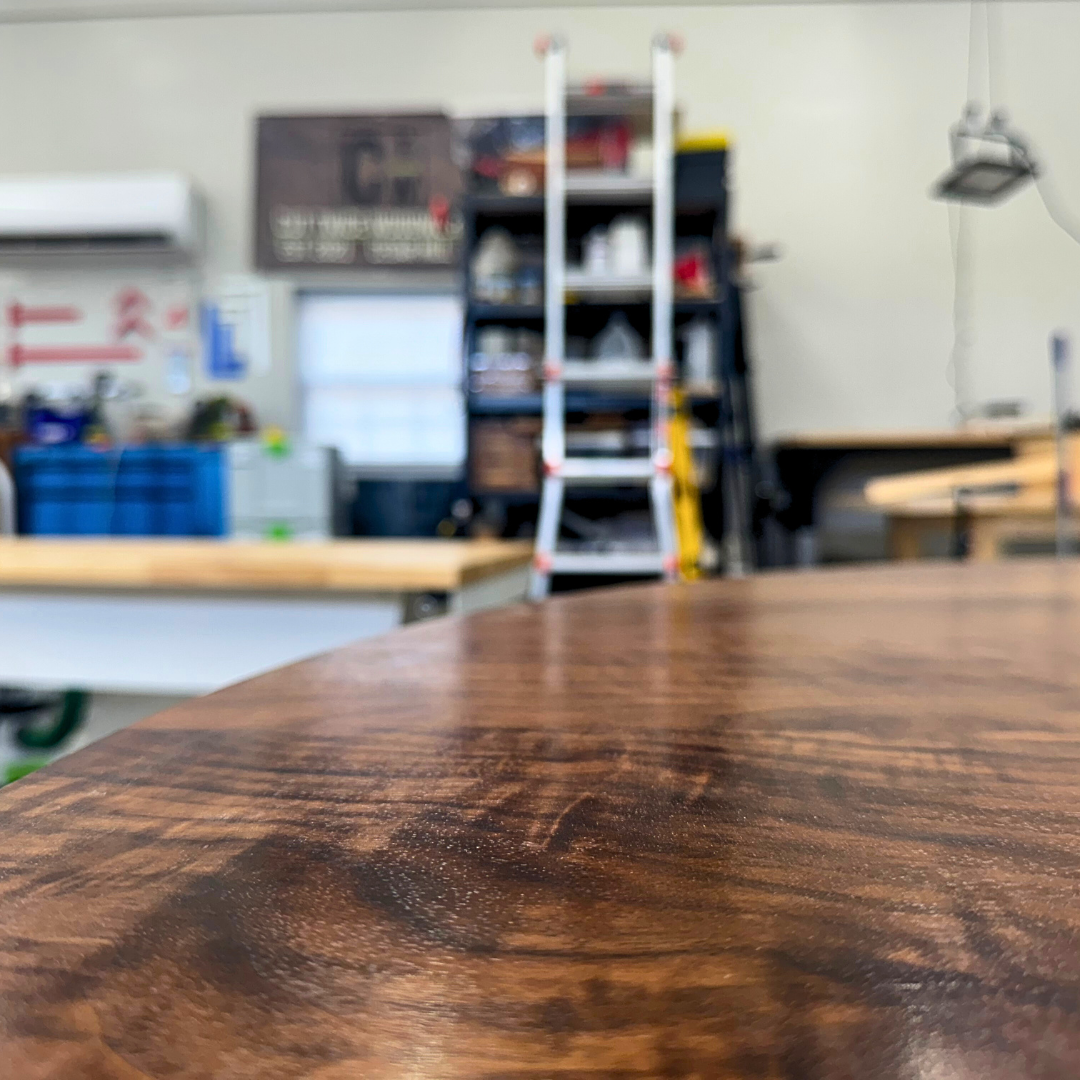
When it comes to creating a custom table, one of the most critical decisions you’ll make is choosing the right wood. The type of wood you select will influence not only the table’s appearance but also its durability and functionality. Whether you’re in Nashville, Middle Tennessee, or anywhere else, understanding the characteristics of different hardwoods will help you make an informed choice. This guide will walk you through the factors to consider and the popular options available for your bespoke table.
Factors to Consider When Choosing Wood
Selecting the right wood for your custom table involves more than just picking a color or grain pattern. Here are some essential factors to keep in mind:
1. Durability
The durability of the wood is crucial, especially for a table that will see heavy use. Hardwoods like oak, maple, and walnut are known for their strength and longevity. These woods can withstand daily wear and tear, making them ideal for dining tables and other high-traffic furniture pieces.
2. Appearance
The aesthetic appeal of the wood is another important consideration. Different woods have unique grain patterns, colors, and textures. For example, oak has a prominent grain and a warm, classic look, while walnut offers a rich, dark finish with a smooth texture. Consider how the wood’s appearance will complement your home decor.
3. Workability
Some woods are easier to work with than others. If your custom table features intricate details or requires significant shaping, you’ll want a wood that’s easy to carve and sand. Maple, for instance, is known for its fine grain and smooth finish, making it an excellent choice for detailed craftsmanship.
4. Cost
The cost of the wood can vary significantly depending on its type and availability. Exotic woods tend to be more expensive, while locally sourced hardwoods like oak and maple are often more affordable. It’s important to balance your budget with the desired quality and appearance of the wood.
5. Sustainability
For environmentally conscious consumers, the sustainability of the wood is a key factor. Many custom woodworkers prioritize using sustainably sourced materials. Reclaimed wood is also a popular choice for those looking to reduce their environmental impact.
Popular Wood Choices for Custom Tables
Here are some of the most popular hardwood options for custom tables, each with its unique characteristics and benefits:
1. Oak
Oak is a classic choice for custom tables due to its durability and timeless appeal. It has a distinctive grain pattern and a warm, golden color that ages beautifully. Oak is versatile and works well with various finishes, from natural oil to dark stains. It’s an excellent choice for dining tables, coffee tables, and desks.
2. Walnut
Walnut is prized for its rich, dark color and smooth texture. It’s a hardwood that’s both strong and stable, making it perfect for high-quality furniture. Walnut’s elegant appearance adds a touch of sophistication to any room. It’s commonly used for dining tables, conference tables, and statement pieces.
3. Maple
Maple is known for its light color and fine grain, offering a clean, contemporary look. It’s a highly durable wood that resists wear and tear, making it ideal for kitchen tables and work surfaces. Maple’s smooth finish makes it a favorite for detailed craftsmanship and modern designs.
4. Cherry
Cherry wood has a beautiful reddish-brown hue that deepens with age. Its fine, straight grain and smooth texture give it a refined appearance. Cherry is moderately hard and strong, making it suitable for dining tables, coffee tables, and dressers. Its natural luster adds warmth and elegance to any piece.
5. Live Edge
Live edge wood retains the natural shape of the tree, including its unique edges and curves. This type of wood is perfect for creating rustic, one-of-a-kind tables that showcase the raw beauty of nature. Live edge tables are popular for their organic, artistic appeal and are often used for dining tables, coffee tables, and benches.
The Importance of Proper Drying and Sourcing
Choosing the right type of wood is just the beginning. Ensuring that the wood is properly dried and sourced is equally important for the longevity and stability of your custom table.
1. Kiln-Dried Wood
Wood that has been kiln-dried is less likely to warp, crack, or shrink over time. The kiln-drying process removes excess moisture from the wood, making it more stable and durable. Reputable woodworkers in Nashville and Middle Tennessee prioritize using kiln-dried wood to ensure the highest quality for their custom tables.
2. Reputable Suppliers
Working with reputable suppliers ensures that the wood is sustainably sourced and of high quality. Trusted suppliers adhere to ethical harvesting practices and provide documentation on the wood’s origin. This transparency is crucial for clients who value sustainability and environmental responsibility.
The Unloading and Initial Inspection
Once the wood arrives at the workshop, the process of crafting your custom table begins with unloading and initial inspection. This step might seem straightforward, but it’s essential for ensuring the quality of the final product.
1. Unloading the Wood
The wood is carefully unloaded from the trailer, with each board inspected for any signs of damage or defects. This is the first material step of the building process, and it sets the stage for the rest of the project.
2. Visualizing the Potential
Even though the boards might look rough and dirty at this stage, a skilled woodworker can see the potential beneath the surface. It’s an exciting moment where the mind can wander and envision the beautiful table that will emerge from these raw materials.
3. Understanding the Responsibility
The physical weight of each board is a reminder of the responsibility involved in creating a masterpiece. Crafting a custom table is a labor of love that requires dedication, skill, and attention to detail.
Crafting the Table
The actual crafting of the table involves several steps, each requiring precision and expertise.
1. Cutting and Shaping
The wood is cut to the required dimensions and shaped according to the design. This involves using various tools and techniques to achieve the desired form and structure.
2. Assembling
The pieces are then assembled, with joints and connections carefully crafted to ensure stability and durability. Techniques like mortise and tenon joints, dovetails, and dowels are used to create strong bonds.
3. Sanding and Smoothing
Sanding is a critical step that smooths out any rough edges and prepares the wood for finishing. This process highlights the natural beauty of the grain and ensures a flawless surface.
4. Finishing
The final step is applying the finish. This enhances the wood’s appearance and provides protection against wear and tear. Options like oil, wax, or polyurethane finishes can be chosen based on your preference.
Conclusion
Choosing the right wood for your custom table is a vital step in ensuring the final product meets your expectations in terms of beauty, durability, and functionality. Whether you’re drawn to the timeless elegance of oak, the rich sophistication of walnut, or the modern appeal of maple, each type of wood offers unique benefits. By working with skilled woodworkers in Nashville and Middle Tennessee, you can create a bespoke table that reflects your personal style and stands the test of time. Investing in a custom wood table means more than just adding a piece of furniture to your home. It’s about creating a lasting legacy, a place where memories are made, and a reflection of your commitment to quality and craftsmanship. So, next time you’re in the market for a new table, consider the artistry and dedication that goes into crafting a custom wood table and experience the difference for yourself.

